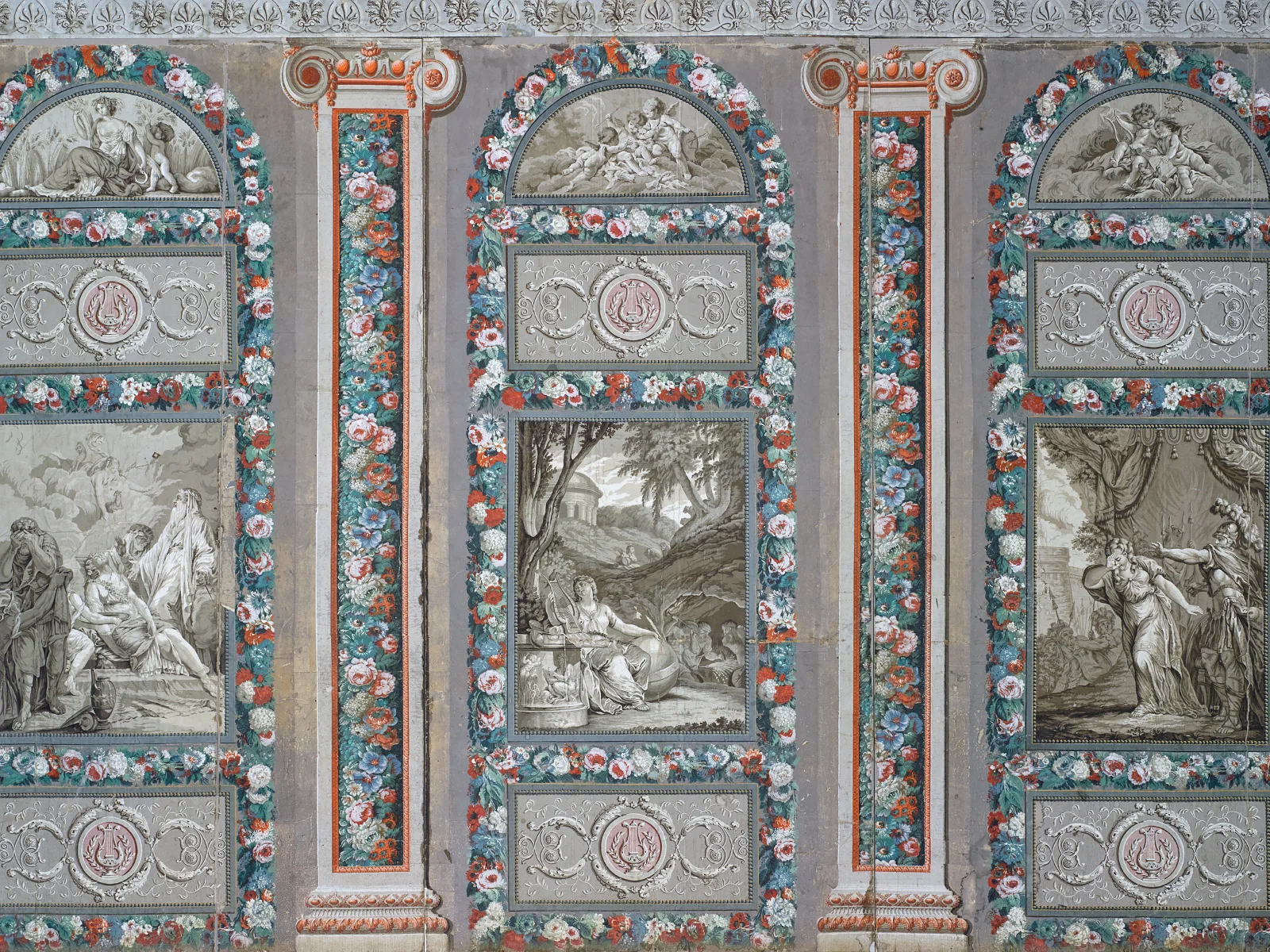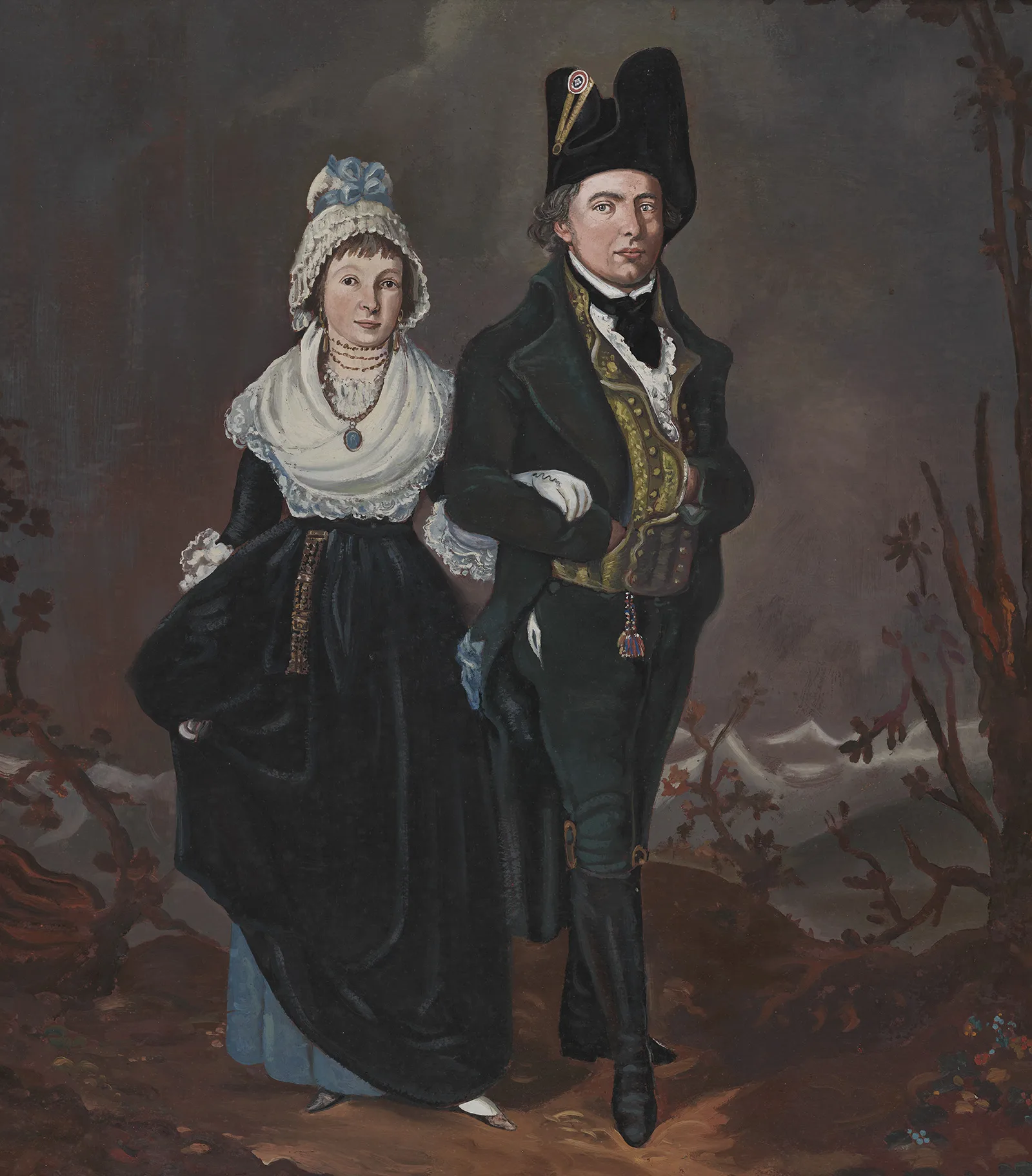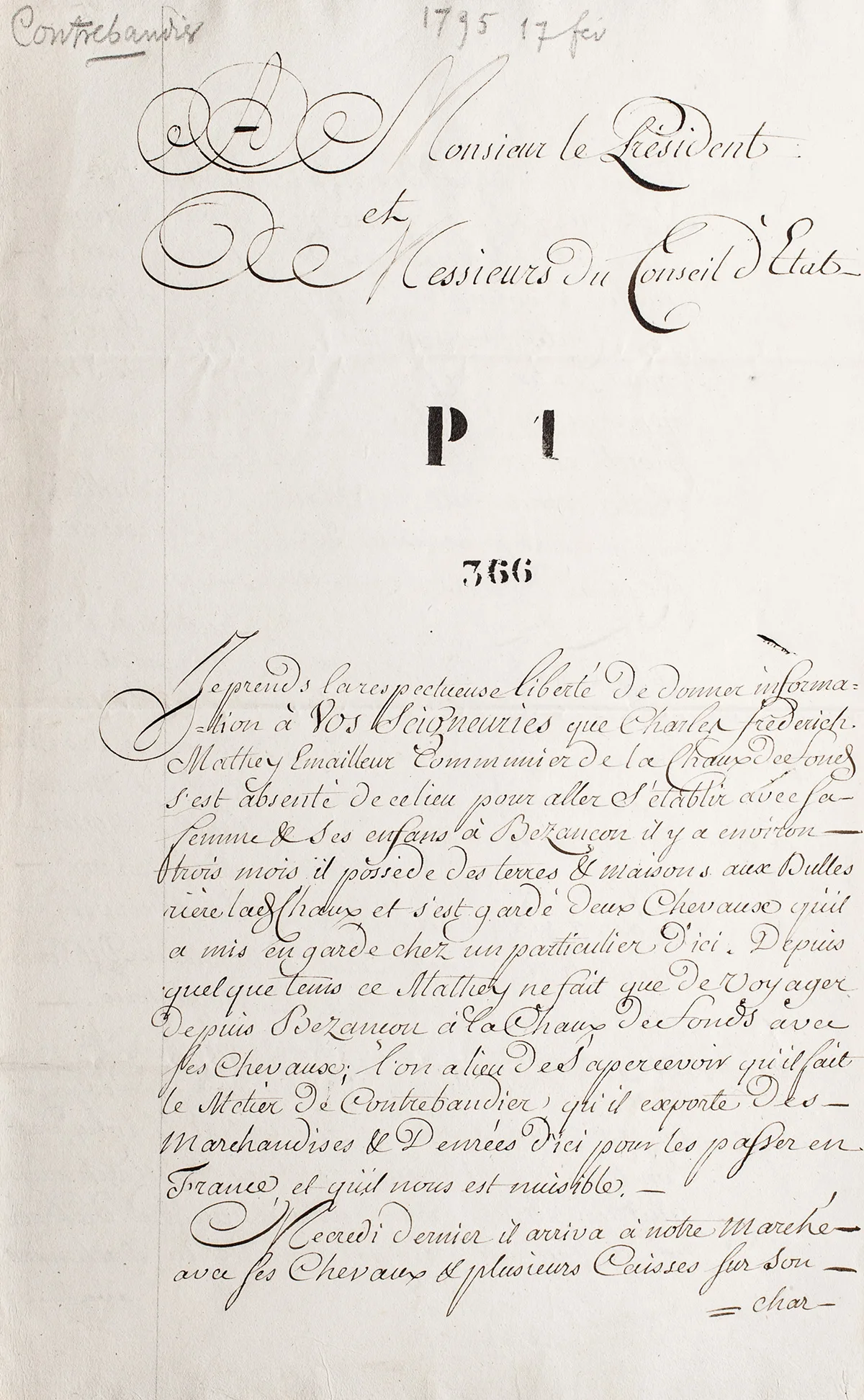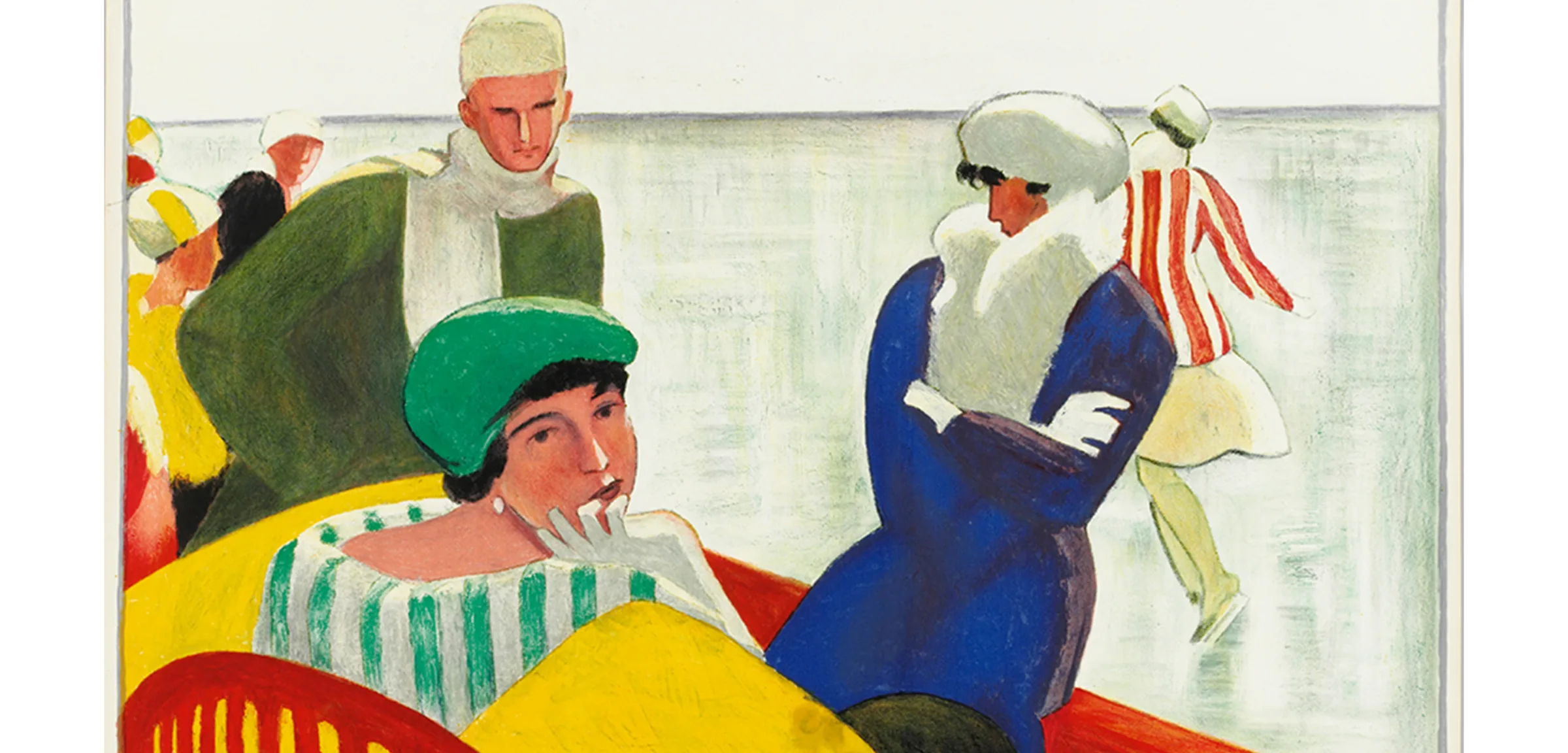
A Parisian treasure in the Bernese Jura
A magnificent 15-metre length of wallpaper now on display in the Museum came originally from an unremarkable farmhouse in what is now the Bernese Jura. The owner was probably able to afford the exquisite wall decoration thanks to the contraband business.








